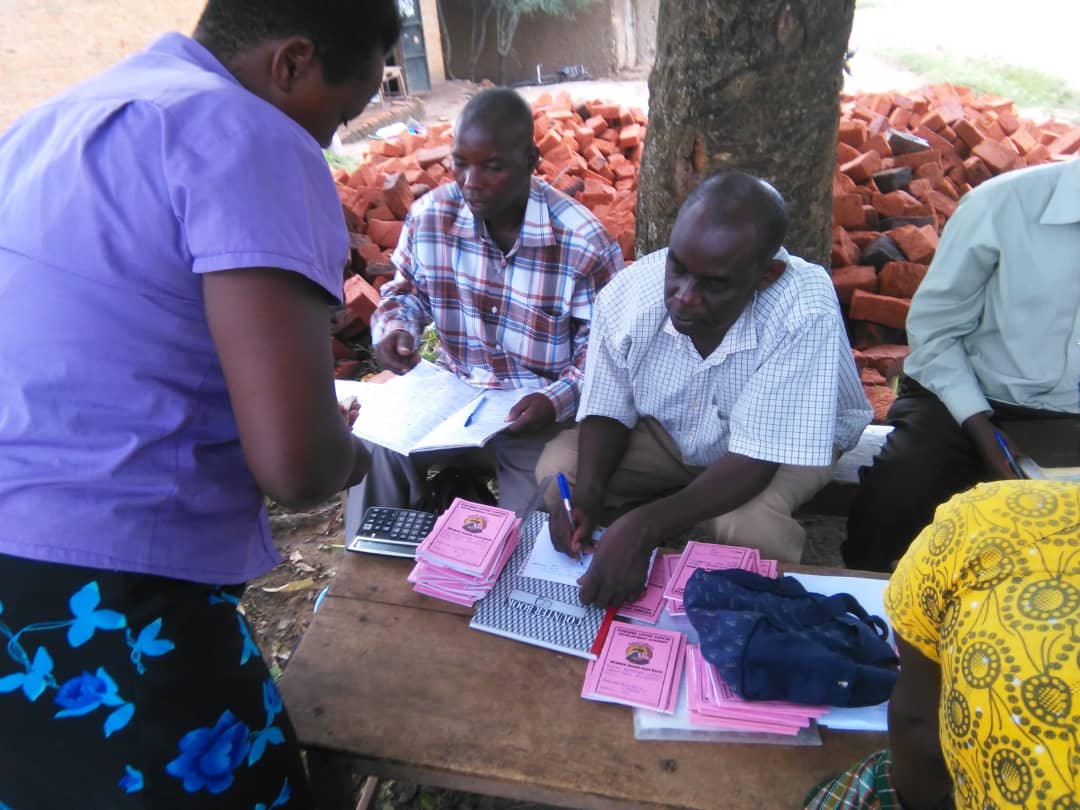To introduce something which is seen as going against culture, traditions and spiritual beliefs require interactions with all members of the community. Particularly when such an introduction is perceived as intefering with the existing power relations between men and women. In this innovation, we spent almost 3 months talking to individuals, couples and groups in order to make sure each of them understands very well the project objectives.
1. Adequate financial resources
2. Good understanding of what you want to introduce
3. Well organized fishing groups
4. Support from local authorities
1. Your group should have both women and men. Presence of men and women in your group enhances acceptability.
2. You have to identify beforehand progressive individuals in the community and engage them as agents of change.
3. Identify those who have strong cultural, traditional, and spiritual beliefs and engage them. Leaving them out will destroy your project. If you succeed in convincing them, they will easily convince others.
4. Be sensitive to cultural and spiritual beliefs, take time, do not rush
5. Do not stop their usual way of fishing, let your idea flourish with time.
6. Promote the spirit of local ownership
